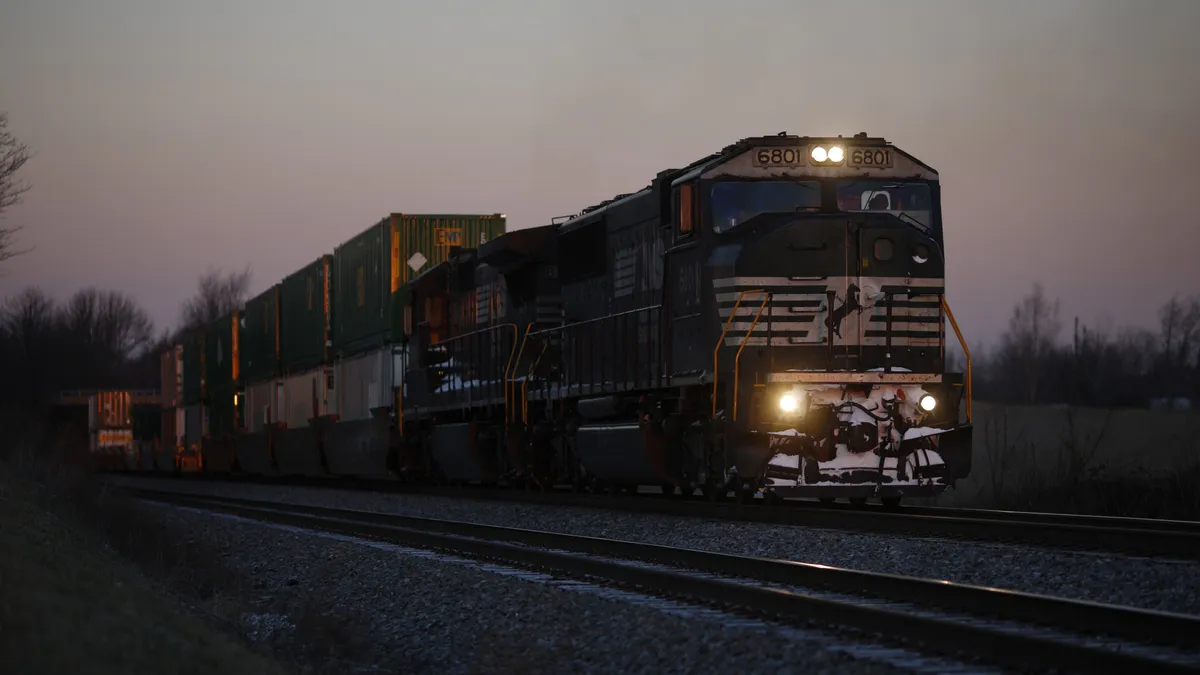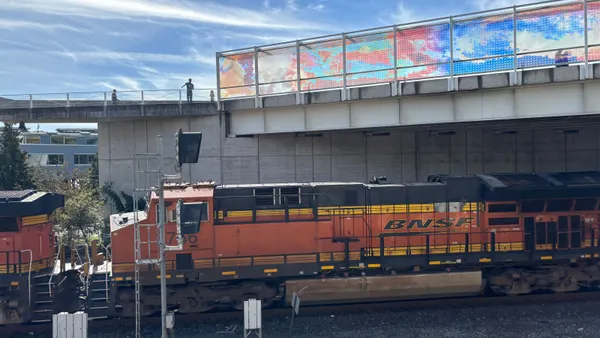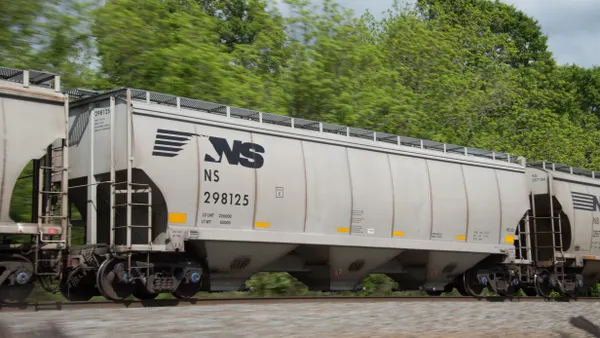Federal regulators on Monday finalized the process for determining unreasonable freight rail rates, giving shippers with smaller disputes a more streamlined pathway to challenge carriers.
The Surface Transportation Board adopted two rules establishing a voluntary arbitration program in addition to a new procedure to challenge rates that it is calling a Final Offer Rate Review. The reviews are meant for disputes worth up to $4 million in relief over two years, a statement said.
By adopting two separate pathways, regulators are hoping to incentivize rail carriers to resolve disputes through mediation rather than intervention. If all seven Class I carriers agree to opt into the voluntary arbitration program, they will become exempt from the Final Offer Rate Review process.
A Final Offer Rate Review would mean the STB would have broader powers to decide a final rate in cases where prices are considered unreasonable. The agency would decide a rate by selecting either the shipper or carrier’s final offer under an expedited procedural schedule.
Under voluntary arbitration, meanwhile, carriers would make a five-year commitment to arbitrate rate disputes under a similarly expedited schedule.
“The two rules attempt to strike a balance between the competing interests of various stakeholders,” STB Chairman Marty Oberman said in a statement. “I am confident that either program will provide shippers with access to more meaningful rate relief than was previously available to them.”
The STB established a voluntary arbitration process to resolve disputes in 1997, and rates became subject to the program in 2016. Only three carriers have opted into that arbitration process for certain disputes, none of which involve rates.
The National Grain and Feed Association applauded the final rules, with President and CEO Mike Seyfert saying in a statement it provides agricultural shippers with an avenue to challenge rates in “a timely and cost-effective manner.”
“The final rules issued by STB today mark an important milestone for agricultural shippers and their ability to operate efficiently in the rail transportation system,” said Seyfert.














